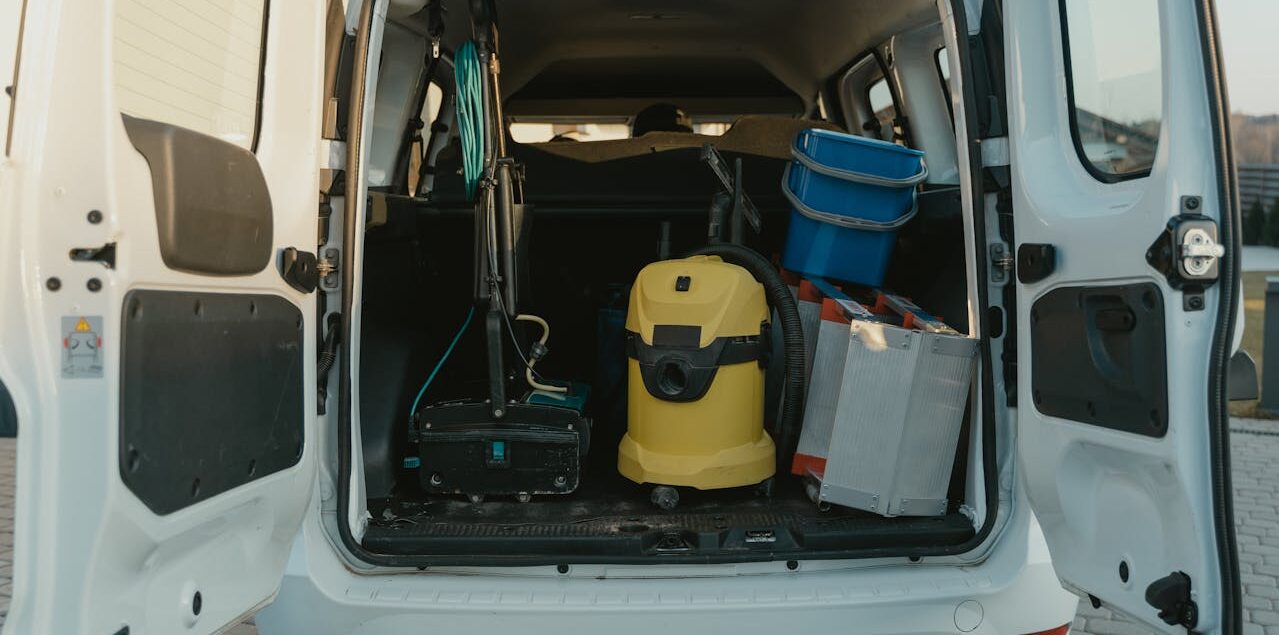How to Build a Spill Response Plan That Works
Accidents happen—but how you respond can make all the difference. Whether you run a restaurant, school, warehouse, or office building, spills are bound to occur. Maybe it’s a cleaning chemical, maybe it’s a food or beverage, or maybe it’s something messier and more hazardous. The key is being ready. That’s where a solid spill response plan comes into play.
Step One: Know What You’re Dealing With
Every spill isn’t created equal. A knocked-over mop bucket is a very different situation from a chemical spill in the maintenance room. That’s why your first step is identifying the types of spills most likely to occur in your environment. Make a list. Are you using harsh disinfectants? Handling greasy kitchen waste? Stocking large amounts of paint, oil, or industrial cleaners?
Once you know your risks, you can build the rest of your plan around them. This might include stocking specific types of absorbent pads or neutralizers and ensuring you’re following OSHA standards for hazardous materials.
It’s also a good idea to keep Safety Data Sheets (SDS) accessible in case a spill involves a regulated substance. That way, whoever is handling the cleanup knows what they’re working with and how to stay safe.
Step Two: Equip Your Team
A plan is only as good as the people who carry it out. That means your team needs two things: the right supplies and the right training. Start by creating clearly labeled spill kits and placing them in areas where accidents are most likely. These kits should include gloves, absorbents, disposal bags, and any product-specific tools like neutralizers or containment socks.
Next comes training. Make sure your staff knows:
- Where the spill kits are located
- How to use each item inside
- Who to report to when a spill happens
- How to document the incident (if required)
Consider doing regular walkthroughs or drills, especially in high-risk environments like kitchens or mechanical shops. You don’t want your first training session to be during an actual emergency.
Step Three: Make It Easy to Follow
The best spill response plans are straightforward. When an accident happens, people are moving fast and may be stressed—so your response plan needs to be clear, visible, and easy to remember.
Post step-by-step instructions in key areas. Use simple, direct language like:
- Alert nearby staff and prevent foot traffic in the area.
- Put on gloves and protective equipment.
- Use absorbents to contain and remove the spill.
- Dispose of waste in the proper container.
- Clean and disinfect the area as needed.
- Fill out an incident report (if applicable).
Having a visual aid, like a laminated poster or QR code linking to digital training, can be a huge help in high-stress moments.
Work With a Trusted Partner
A well-prepared spill response plan doesn’t just protect your people—it also protects your business. From reducing liability to maintaining your professional image, a little planning goes a long way.
At Sani Chem, we help businesses like yours get ready for the unexpected. From custom spill kits to industry-specific training and high-performance cleaning products, we’ve got everything you need to build a safer, cleaner workplace.
Reach out today and let’s get your business prepared.

